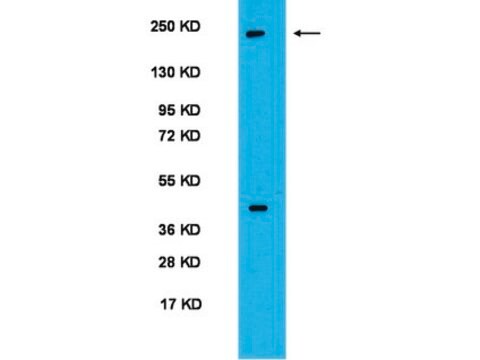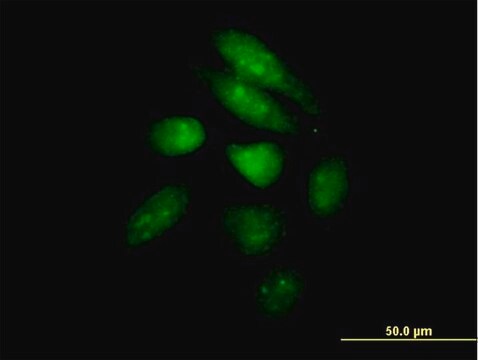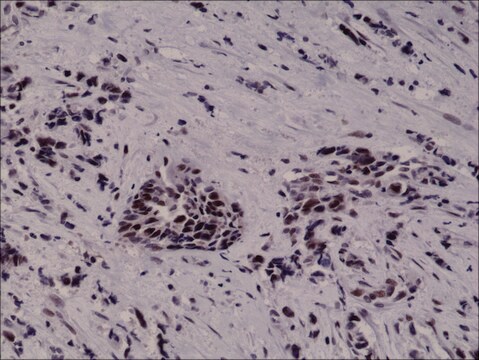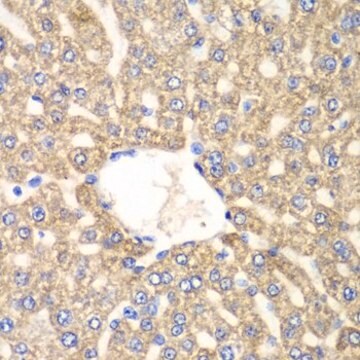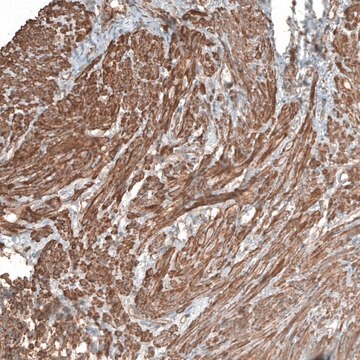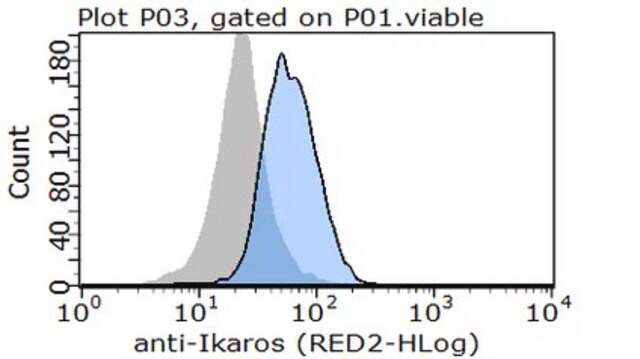AB2201
Anti-mPER1 (residues 6-21) Antibody
serum, from rabbit
Sinônimo(s):
Circadian clock protein PERIOD 1, Circadian pacemaker protein Rigui, Period, drosophila, homolog of period 1, period (Drosophila) homolog 1, period homolog 1 (Drosophila)
About This Item
Produtos recomendados
fonte biológica
rabbit
Nível de qualidade
forma do anticorpo
serum
tipo de produto de anticorpo
primary antibodies
clone
polyclonal
reatividade de espécies
human, mouse, rat
técnica(s)
western blot: suitable
nº de adesão GenBank
nº de adesão UniProt
Condições de expedição
wet ice
modificação pós-traducional do alvo
unmodified
Informações sobre genes
mouse ... Per1(18626)
Descrição geral
Especificidade
Aplicação
Tested on whole brain (SCN; peak staining at CT/ZT12). Optimium working dilutions need to be determined by end used.
Qualidade
Descrição-alvo
Informações legais
Não está encontrando o produto certo?
Experimente o nosso Ferramenta de seleção de produtos.
Código de classe de armazenamento
10 - Combustible liquids
Classe de risco de água (WGK)
WGK 1
Certificados de análise (COA)
Busque Certificados de análise (COA) digitando o Número do Lote do produto. Os números de lote e remessa podem ser encontrados no rótulo de um produto após a palavra “Lot” ou “Batch”.
Já possui este produto?
Encontre a documentação dos produtos que você adquiriu recentemente na biblioteca de documentos.
Nossa equipe de cientistas tem experiência em todas as áreas de pesquisa, incluindo Life Sciences, ciência de materiais, síntese química, cromatografia, química analítica e muitas outras.
Entre em contato com a assistência técnica